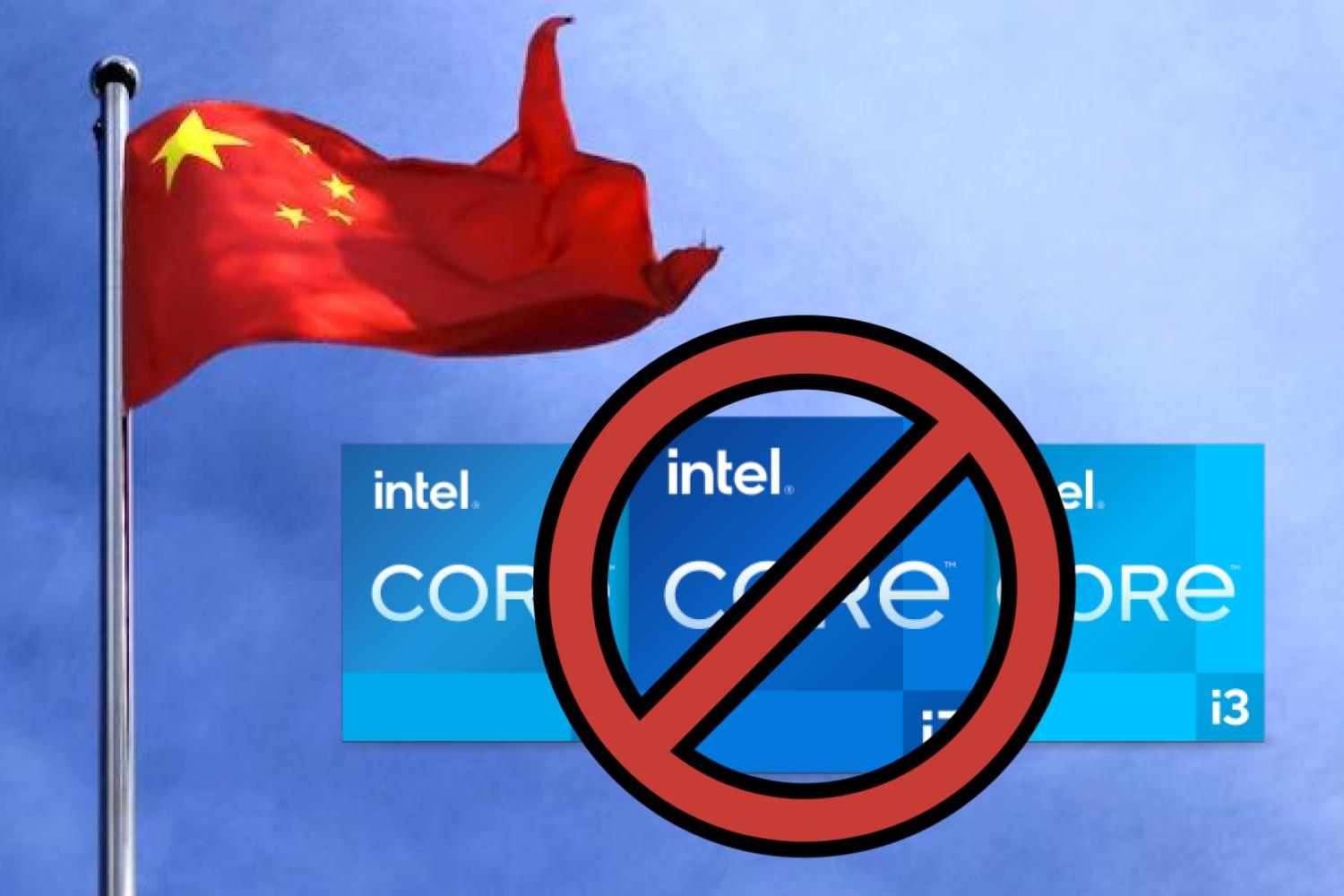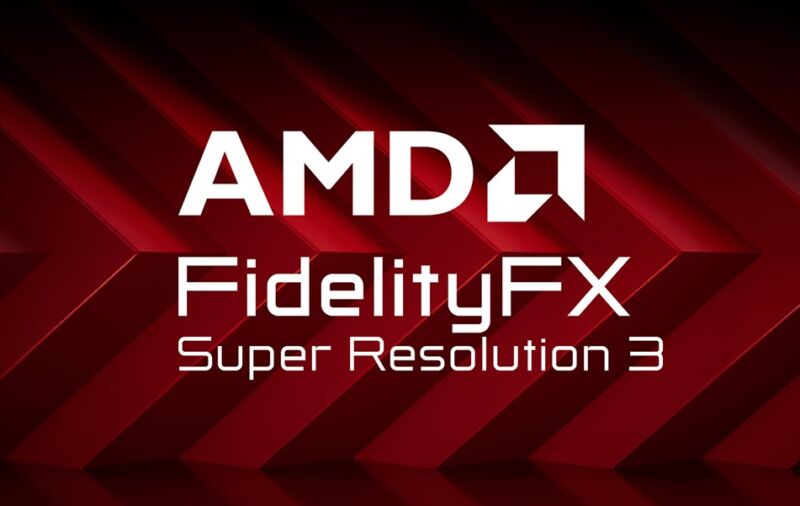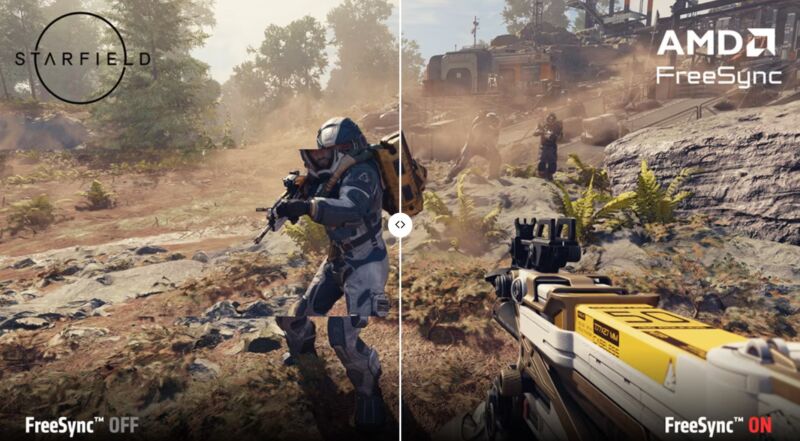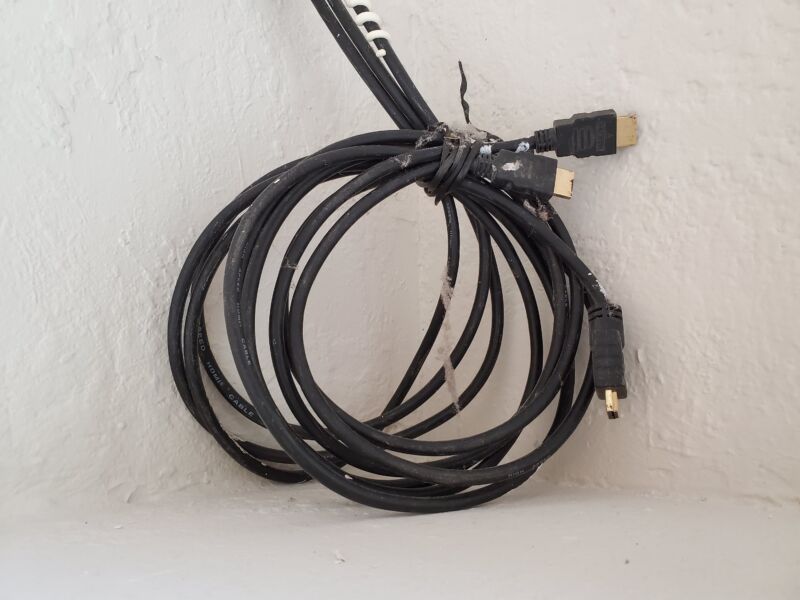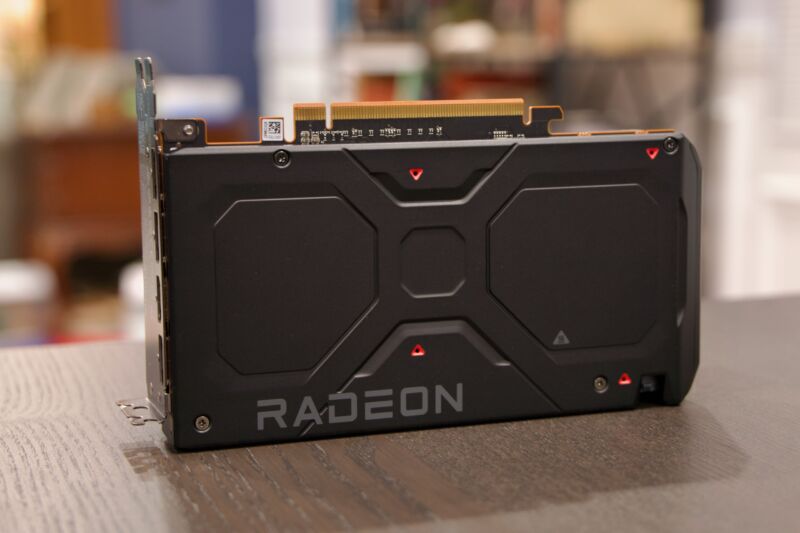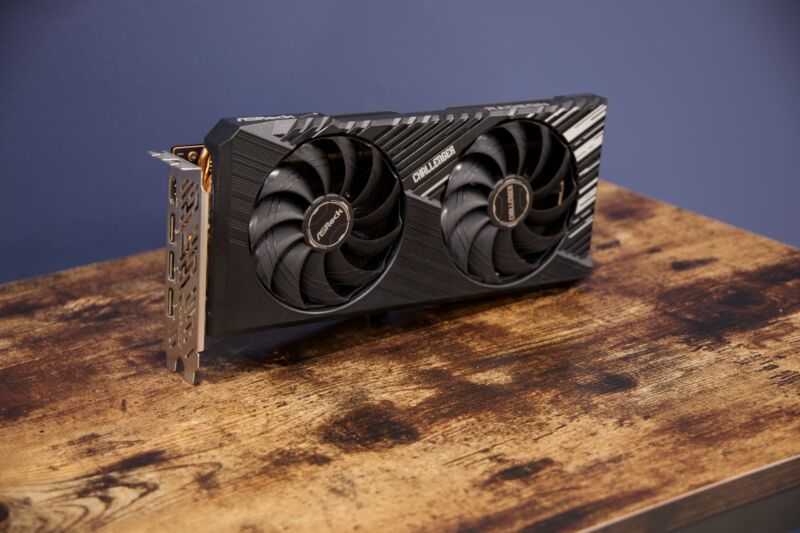-
 chevron_right
chevron_right
Framework’s software and firmware have been a mess, but it’s working on them
news.movim.eu / ArsTechnica · Monday, 15 April - 11:00

Enlarge / The Framework Laptop 13. (credit: Andrew Cunningham)
Since Framework showed off its first prototypes in February 2021 , we've generally been fans of the company's modular, repairable, upgradeable laptops.
Not that the company's hardware releases to date have been perfect—each Framework Laptop 13 model has had quirks and flaws that range from minor to quite significant , and the Laptop 16's upsides struggle to balance its downsides. But the hardware mostly does a good job of functioning as a regular laptop while being much more tinkerer-friendly than your typical MacBook, XPS, or ThinkPad.
But even as it builds new upgrades for its systems, expands sales of refurbished and B-stock hardware as budget options , and promotes the re-use of its products via external enclosures , Framework has struggled with the other side of computing longevity and sustainability: providing up-to-date software.



